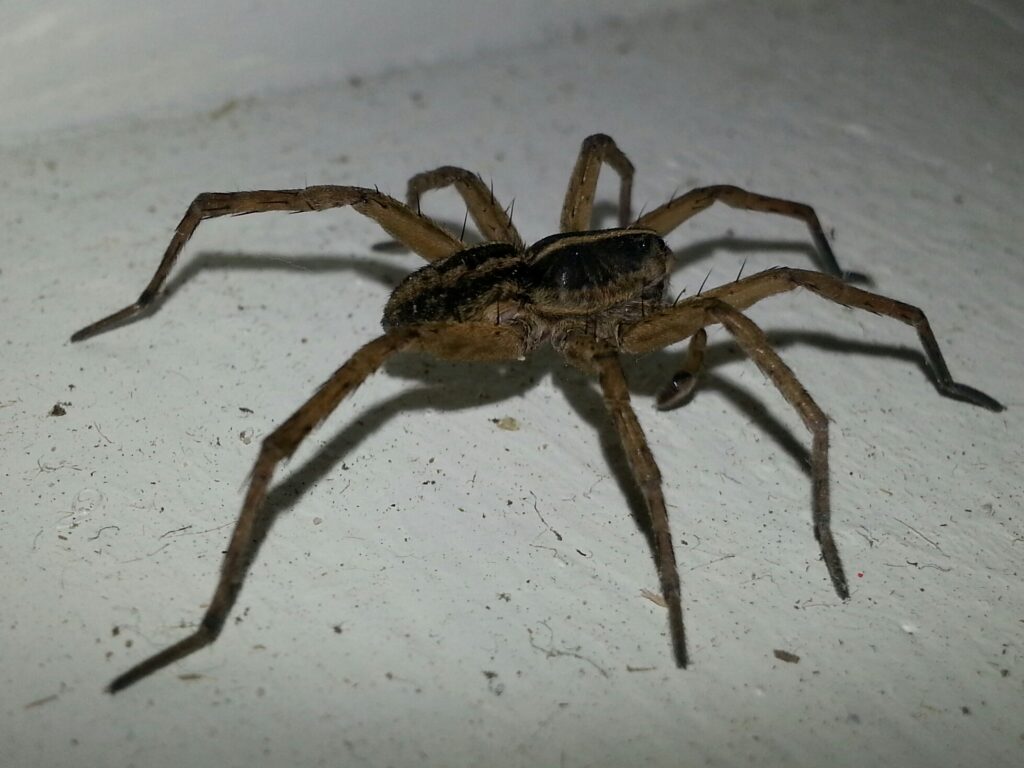 Many people use the terms “hornet” and “wasp” interchangeably, but doing so is inaccurate. While it is true that all hornets are wasps, it is important to note that not all wasps are hornets.
There are many similarities between wasps and hornets as well as bees. All three types of insects buzz have the propensity to sting and thrive in similar climates. That said, if it looks, sounds and acts like a wasp/hornet, what’s the point of making distinctions in the first place? The differences matter for a number of reasons, the biggest of which is that they can help guide your wasp control decisions.
Many people use the terms “hornet” and “wasp” interchangeably, but doing so is inaccurate. While it is true that all hornets are wasps, it is important to note that not all wasps are hornets.
There are many similarities between wasps and hornets as well as bees. All three types of insects buzz have the propensity to sting and thrive in similar climates. That said, if it looks, sounds and acts like a wasp/hornet, what’s the point of making distinctions in the first place? The differences matter for a number of reasons, the biggest of which is that they can help guide your wasp control decisions.
 Many people use the terms “hornet” and “wasp” interchangeably, but doing so is inaccurate. While it is true that all hornets are wasps, it is important to note that not all wasps are hornets.
There are many similarities between wasps and hornets as well as bees. All three types of insects buzz have the propensity to sting and thrive in similar climates. That said, if it looks, sounds and acts like a wasp/hornet, what’s the point of making distinctions in the first place? The differences matter for a number of reasons, the biggest of which is that they can help guide your wasp control decisions.
Many people use the terms “hornet” and “wasp” interchangeably, but doing so is inaccurate. While it is true that all hornets are wasps, it is important to note that not all wasps are hornets.
There are many similarities between wasps and hornets as well as bees. All three types of insects buzz have the propensity to sting and thrive in similar climates. That said, if it looks, sounds and acts like a wasp/hornet, what’s the point of making distinctions in the first place? The differences matter for a number of reasons, the biggest of which is that they can help guide your wasp control decisions.

